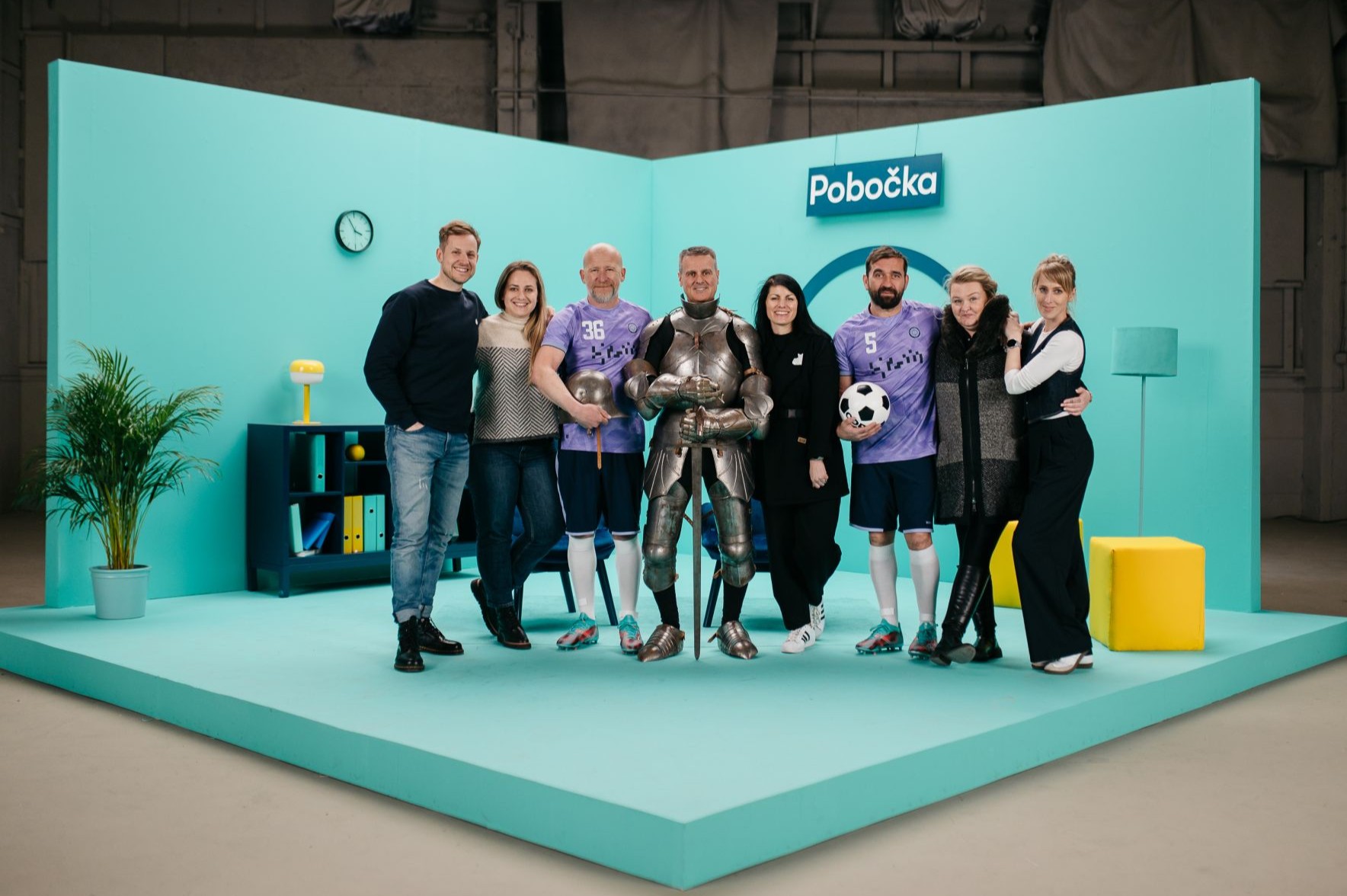
More Than Money: What Truly Drives Engagement in Times of Change

Showered with complaints and chaos, Valxon’s new leadership faced difficult times—until they discovered that their people weren’t disengaged, just overwhelmed. By truly listening and improving working conditions, they rebuilt trust, reduced stress, and unlocked surprising loyalty. What seemed like a crisis solvable only by pay raises turned into a turning point.
.webp)





Problem
Valxon, growing B2B company specializing in customized merchandise, faced significant internal challenges following a change in leadership. Employees expressed growing dissatisfaction, feeling overworked, frustrated and underpaid due to an increasingly chaotic work environment. Unclear priorities, high stress levels, and a lack of structured communication led to declining trust in management. Additionally, workplace culture remained undefined, making it difficult for employees to understand company values and expectations. Initiatives introduced by leadership failed due to a poor understanding of employee needs, further fueling skepticism. Some employees even began undermining processes, exacerbating the problem.
Solution
When Valxon’s new CEO, Karel Poplstein stepped in, he wanted to address internal challenges at their core. There was no time and capacity for extensive engagement surveys with robust data to be analyzed and making assumptions was just not good enough. So Karel turned to Behavera Engagement. The results not only confirmed his concerns but also revealed that employees weren’t disengaged - response rate of the first round was 100% - but they lacked the right conditions to work effectively.
“From the countless complaints we heard from our people, we thought the situation was desperate and we are losing the team. Despite the results showing issues in the area of rewards, stress, overload and support, its outcome was a relief. Our people are still engaged, we just need to give them the right support to perform at their best. We can do this!” - Karel Poplstein, CEO
Karel and the Valxon leadership realized they weren’t dealing with a pay issue, but with a deeper problem. Employees' loud desire for salary raise was primarily driven by the desire to be compensated extra for the suffering from unsolicited workload, long term stress and work in a chaotic and unstable environment. Many sought better workload management, clear role expectations, a sense of stability and flexibility in the first place.
“Without Behavera, we would’ve kept treating symptoms instead of the real causes. When people in sales started leaving, we dug deeper and found that what looked like stress and pressure was actually caused by something much more basic: a lack of proper onboarding. They simply didn’t know how to meet the targets they were given. Behavera helped us see what we would’ve otherwise missed.” said Karel Poplsten, CEO.
Seeing these insights, Valxon’s leadership took structured actions:
1. Clarified Roles and Responsibilities
Clear definitions of job roles and responsibilities were introduced across the company. This started already during hiring, to align expectations with candidates to secure their retention.
2. Processes Design
A structured sales process was developed to provide Sales Representatives with the tools and materials needed for handling standard customer requests. This freed the Back Office Support to focus on more complex tasks and redirect a talent to HR support.
3. Automated Manual Workflows
One of the tasks that Valxon successfully automated was the order processing system, including the flow of order data across platforms and automatic customer confirmations.
4. Established OKRs Linked to Individual KPIs
A structured goal-setting framework (OKRs) was introduced, aligned with individual KPIs. This helped teams understand priorities and work in a more organized and consistent way.
5. Regular Check-ins
Managers prioritized regular 1:1 meetings, using Behavera’s suggested conversation prompts to stay focused and constructive. Weekly team stand-ups were introduced to manage upcoming workload and resolve blockers promptly.
6. Share Engagement Results Transparently
Lastly, transparent communication became a welcomed routine. Results from Behavera’s Engagement are shared and discussed in all-hands meetings, along with an overview of the actions leadership was taking based on the findings and the progress they made.
Result
Valxon committed to improving employee working conditions, setting a goal to raise their well-being index score from 6.5 to 8.2 by the end of Q1. By the end of Q2, the score had reached 9/10 points!
Clearer responsibilities and prioritization—enabled by OKRs, KPIs and check/ins—brought a more predictable work rhythm and reduced chaos. This created a greater sense of stability, lowered stress levels, and helped employees feel more in control of their daily tasks. The structure also made long-term planning easier and helped teams manage workloads more effectively.
Automation of routine and manual tasks saved hundreds of working hours. For example, automating just one process of the order processing alone saved over 200 hours of a talented employee who can now focus on developing her true potential in HR. She was an employee who initially showed signs of burnout and a high likelihood of leaving, with an initial well-being score of 2.8/10. By the end of Q2, her score had improved to 8.8/10. She ultimately decided to stay, saving the company costs on recruitment and onboarding new employee—not to mention the retained know-how and continuity in customer relationships. Today, not only is she in a positive mindset herself, but she also inspires positivity in the rest of the team and pro-actively runs creative projects—like shaping the strategy for our internal merch.
Employee dissatisfaction with pay improved dramatically. Satisfaction with recognition rose from 4.4/10 to 9/10 in just six months. Although the average salary increase was only 3–5%—mainly to reflect recent tax changes— what made the real difference wasn’t the amount, it was the fact that leadership listened, understood the concerns behind the numbers, and responded quickly. Feeling heard mattered most.
By openly sharing findings and concrete action plans, Valxon rebuilt trust between employees and leadership. Introducing more flexible hybrid work arrangements further strengthened this renewed sense of mutual respect. As a result, employees now feel genuinely valued and heard—their opinions truly matter.
Building on the actions already taken, Valxon plans to create individualized development plans for employees based on Behavera’s gamified assessments, which evaluate competencies and leadership potential. They also continue sending monthly Echo Pulses to explore topics like potential development more deeply and ensure continuous employees’ insight-driven improvements.
More case studies
Gain deeper insights from additional case studies.

.webp)

.jpg)

%20(90%20x%2060%20cm).png)












.png)








